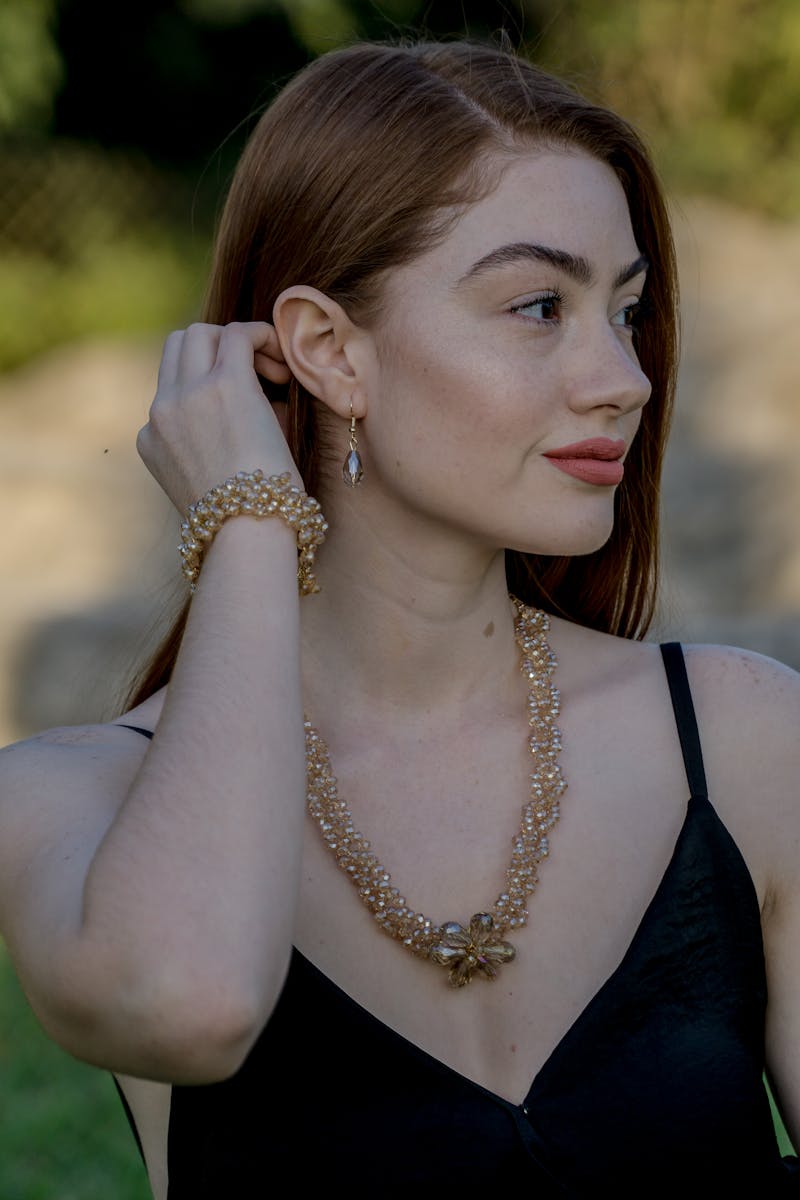The art of diamond setting represents one of the most crucial and skillful aspects of jewelry making. It's the moment where a raw, unset diamond transforms into a magnificent piece of jewelry that will be treasured for generations. This delicate process requires not only technical precision but also an artistic eye and years of experience.
The Foundation of Excellence
Every expertly set diamond begins with understanding the stone itself. Master setters examine each diamond under high magnification, studying its unique characteristics, inclusions, and the way light travels through its facets. This initial assessment determines the optimal setting technique and angle to maximize the diamond's brilliance and fire.
Traditional setting techniques have been passed down through generations of craftsmen. The six-prong solitaire setting, for instance, has remained virtually unchanged for over a century because it perfectly balances security with light exposure, allowing the diamond to display its maximum brilliance.
Modern Innovations in Diamond Setting
While respecting traditional methods, today's jewelry makers have embraced cutting-edge technology to enhance precision and create new possibilities. Laser welding allows for incredibly precise metal work, while computer-aided design helps visualize complex settings before they're crafted.

Microscopic setting techniques have also evolved, with some setters now working with diamonds as small as 0.01 carats, creating intricate pavé patterns that seem to make entire surfaces sparkle with light. These micro-setting techniques require steady hands and exceptional eyesight, often aided by high-powered microscopes.
The Psychology of Perfect Setting
Beyond the technical aspects, there's an emotional component to diamond setting that experienced craftsmen understand intuitively. The way a diamond sits in its setting affects not just its appearance, but how it feels to wear. A properly set stone should feel secure and comfortable, never catching on fabric or feeling loose.
The setting also tells a story. A vintage-inspired setting might feature milgrain detailing and hand-engraved patterns that speak to romance and tradition. A modern tension setting, on the other hand, uses the metal's structural integrity to hold the diamond, creating the illusion that the stone is floating.
Quality Control and Final Inspection
The final stage of diamond setting involves rigorous quality control. Each piece is examined under various lighting conditions to ensure the diamond is secure and displays optimal brilliance. The setting is tested for durability, and every prong or bezel is inspected for proper alignment and finish.
This meticulous attention to detail is what separates fine jewelry from mass-produced pieces. When you invest in expertly set diamonds, you're not just buying jewelry – you're acquiring a piece of art that represents hours of skilled craftsmanship and decades of accumulated knowledge.
As we look to the future, the art of diamond setting continues to evolve. New alloys offer greater strength and durability, while innovative techniques push the boundaries of what's possible. Yet at its heart, diamond setting remains a deeply human craft, where skill, experience, and artistic vision come together to create something truly beautiful.
